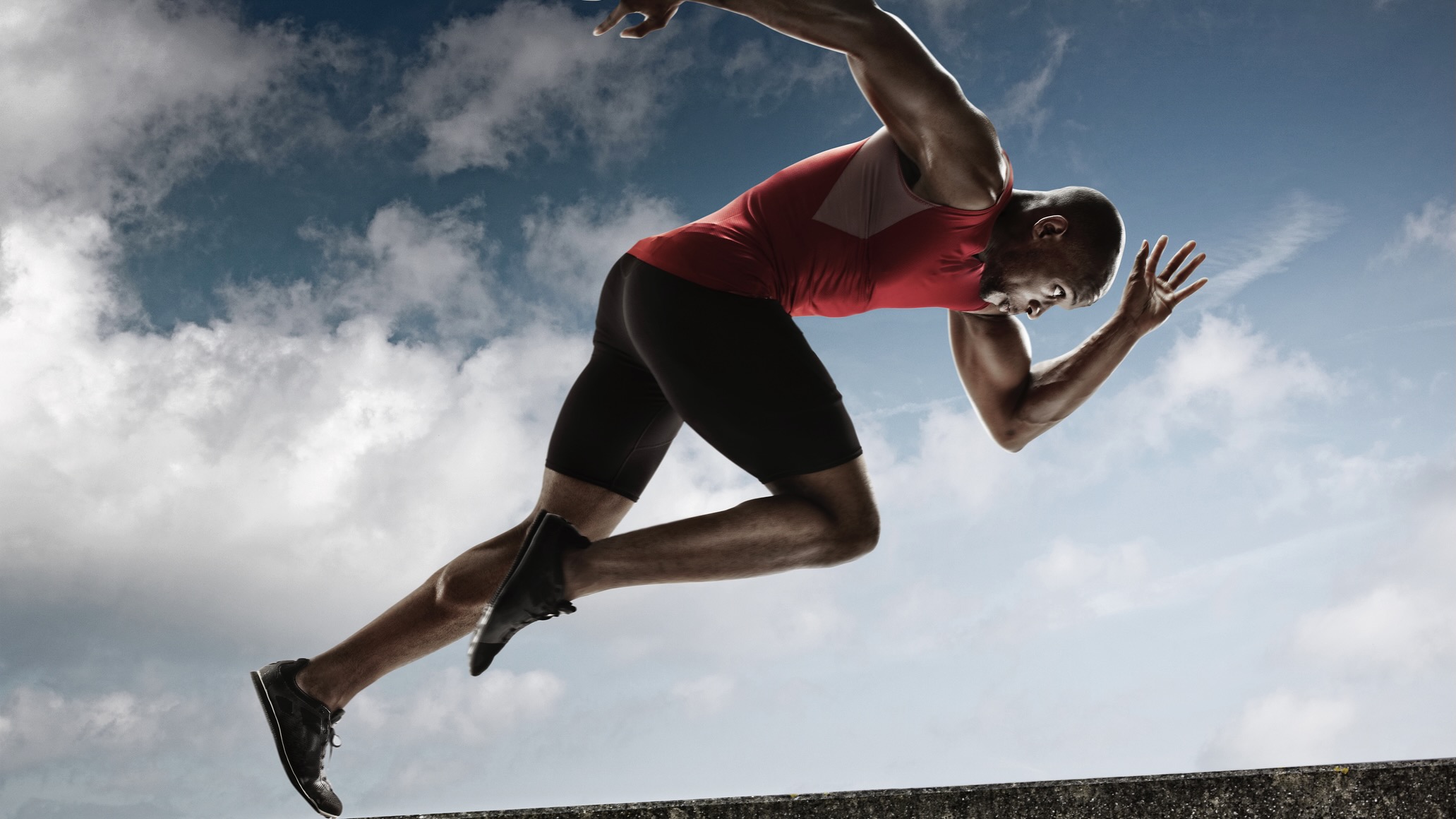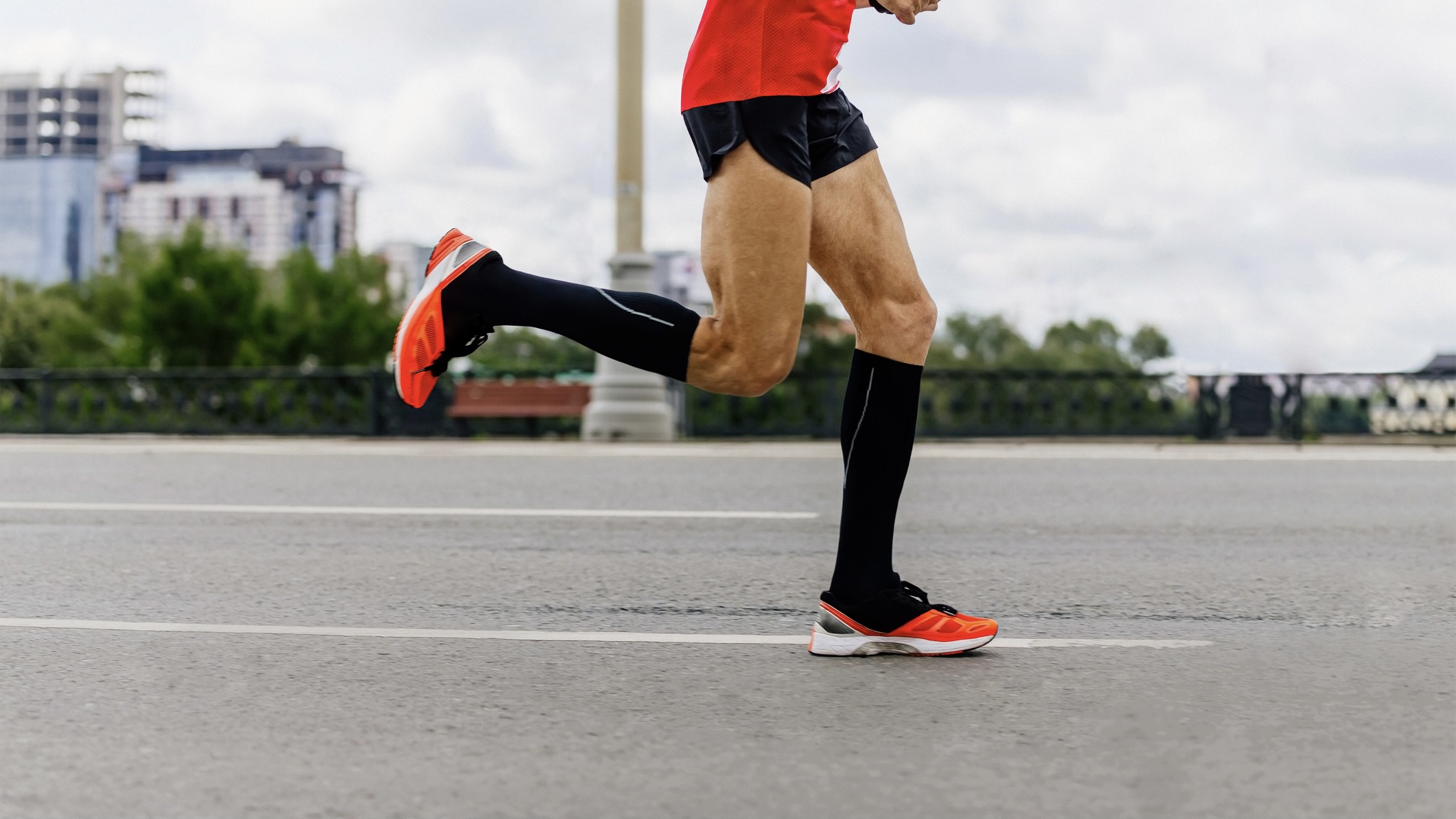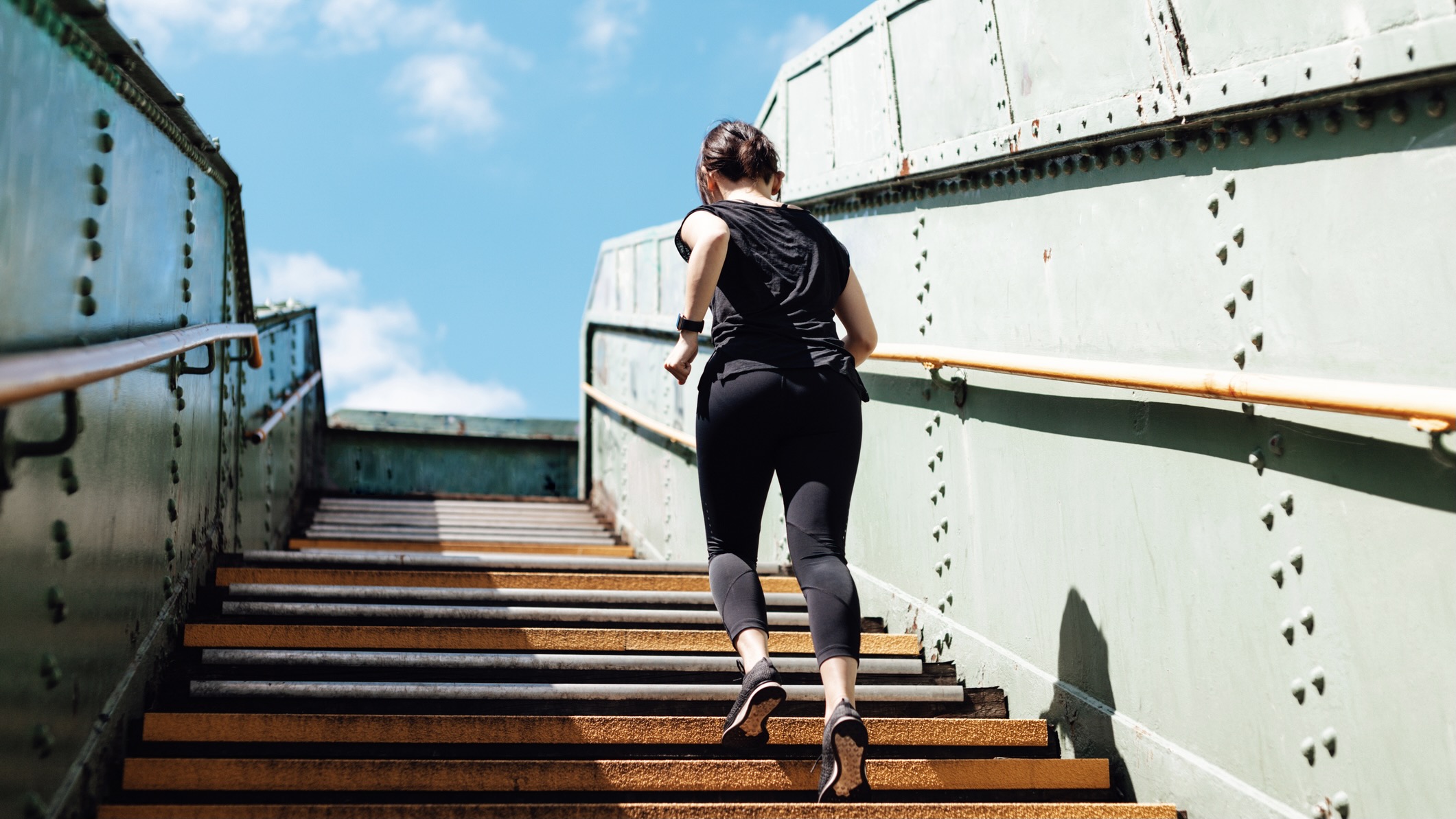Do you need compression clothing?
A guide to the pros and cons of compression garments for runners and hikers

The gear list for runners and hikers is growing, from moisture-wicking base layers to wind shells, but do you need compression clothing?
Compression garments are tight-fitting, compressive forms of clothing, often made out of elastin and nylon, which are claimed to be designed to enhance performance and recovery for athletes. They include items such as tights, tops, calf sleeves and compression socks for runners, hikers and cyclists.
The theory is based on the concept that the quicker the blood is flowing through the body, the better your circulatory system functions and which gets more oxygen to your cells.
Thus, the argument for wearing compression clothing is that it aids the circulation of blood through the muscles, which in turn is thought to aid performance and recovery because the more oxygen your cells receive, the better they function.
Compression clothing: The debate
There is a growing debate as to the benefits of compression clothing for athletes. Many brands that sell these garments make statements for the benefits of compression, such as “improves muscle power”, “optimises performance” and “enhances endurance”, among other suggestions.
It’s claimed that research shows that compression garments can result in a host of benefits, such as improved joint awareness, better blood flow, waste product removal, reduced inflammation, reduced muscle oscillations and a decrease in post-exercise muscle soreness.
However, other studies – and experts – dismiss the notion that there is any benefit based on scientific evidence. It's said that the so-called research is not necessarily as robust as many scientists would like and that the studies have a number of inconsistencies, so the information should be taken with caution.
Advnture Newsletter
All the latest inspiration, tips and guides to help you plan your next Advnture!
Indeed, a recent study – funded by Nike – found that there was no apparent benefit in terms of reduced fatigue for runners when wearing compression garments.
The research focused on 20 athletes, who each ran on a treadmill for 30 minutes at 80% of their maximum effort. They were put through a series of fatigue tests before and afterwards and the study found that there was no difference in the levels of fatigue between those wearing compression garments and those wearing normal shorts.
Yet, despite the lack of supporting evidence, the market for compression clothing for sports people continues to grow.

Compression clothing for recovery
One area where there is believed to be some benefit for athletes, such as runners, is in the period of recovery immediately post-exercise. This is particularly important for muscle recovery and for reducing the risk of injury.
The use of compression garments in this area has a medical origin since limb compression is utilised in clinical settings to treat a range of inflammatory conditions, including deep vein thrombosis.
The theory for athletes is that when you work hard, such as when doing an intervals set for runners or doing a longer distance run or hike, you will naturally cause some microscopic tears in your muscle. It’s during the repair phase of these micro-tears that you will feel some muscle soreness.
The compression clothing can help by enhancing circulation and removing muscle metabolites, while also eliminating water build up, which can then aid the reduction of swelling.
According to proponents of compression garments, for the greatest benefits in the recovery phase the garments should fit properly and, for the best results, they need to be customised to fit the athlete specifically.
Compression clothing: The placebo effect
There is another argument about the benefit of compression clothing in that many people give anecdotal evidence that reveals they believe they have performed better and recovered more quickly when using compression garments.
The add-on to this theory is that compression clothing is often sold with a higher price tag than other tight fitting sports clothing. If people have paid a higher price for clothing that they expect will improve performance or recovery, then they are likely to be more easily persuaded that this does actually happen to them.

One more thought on compression garments
Another benefit of compression clothing as cited by some athletes is that the tight fit gives a neater shape to some areas of the body, such as thighs and butt, as well as offering better support for impact sports. That is, there is less wobble in areas more prone to fat.
Of course, there are other people who prefer not to be seen in tight sports clothing whatever the apparent support factor. Have a read of the shorts versus skorts argument for better enlightenment on this topic.
On balance: Do I need compression clothing?
While the scientific evidence is not strong for the benefits of compression clothing for walkers and runners, there is certainly a great deal anecdotal evidence that leads many people to believe it does aid with performance and recovery enhancement.
Certainly, the sales figures for compression clothing are high and it's predicted the market for sports brands will continue to grow.
In the end, the best solution – or answer to the above question – is to give compression garments a try yourself and measure the personal benefits for you.

Fiona Russell is a widely published adventure journalist and blogger, better known as Fiona Outdoors. She is based in Scotland and is an all-round outdoors enthusiast with favorite activities including trail running, mountain walking, mountain biking, road cycling, triathlon and skiing (both downhill and backcountry). Aside from her own adventures, Fiona's biggest aim is to inspire others to enjoy getting outside and exploring, especially through her writing. She is also rarely seen without a running skort! Find out more at Fiona Outdoors.
